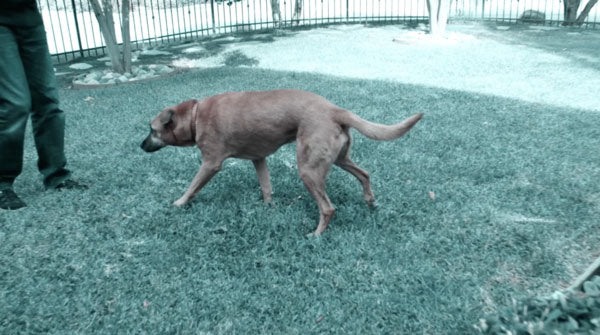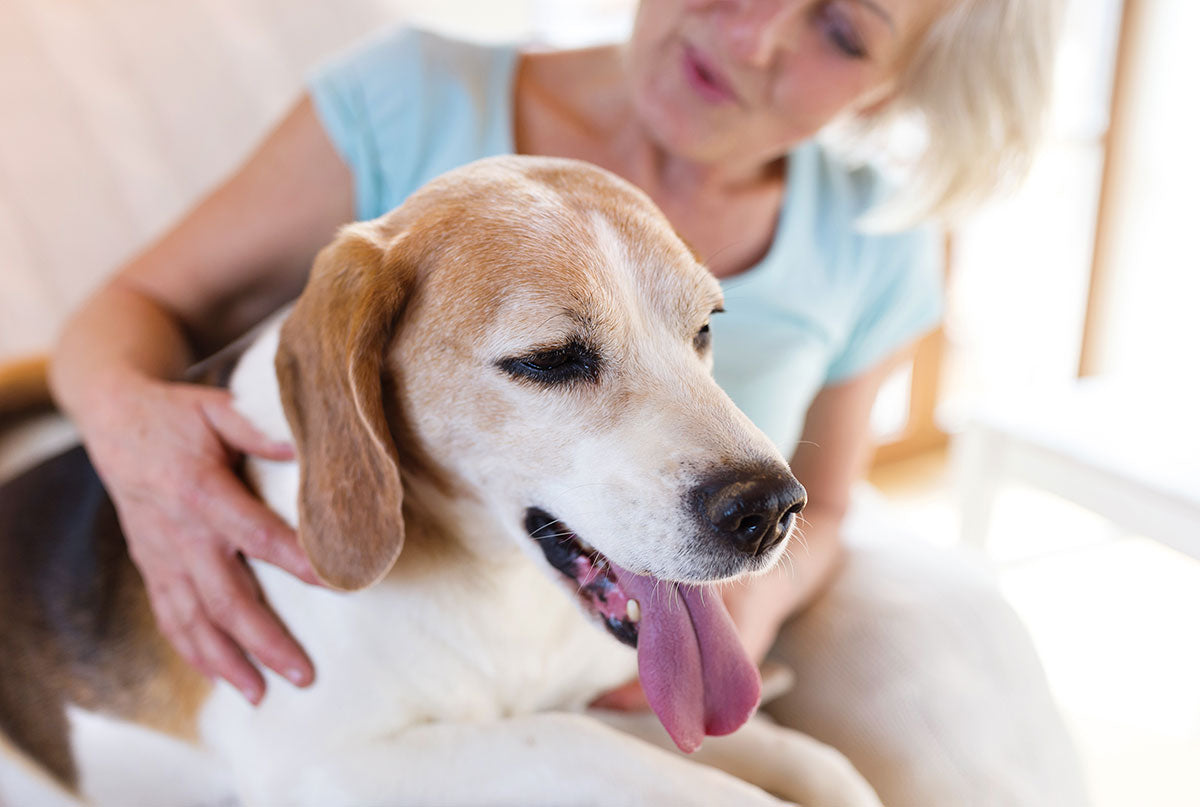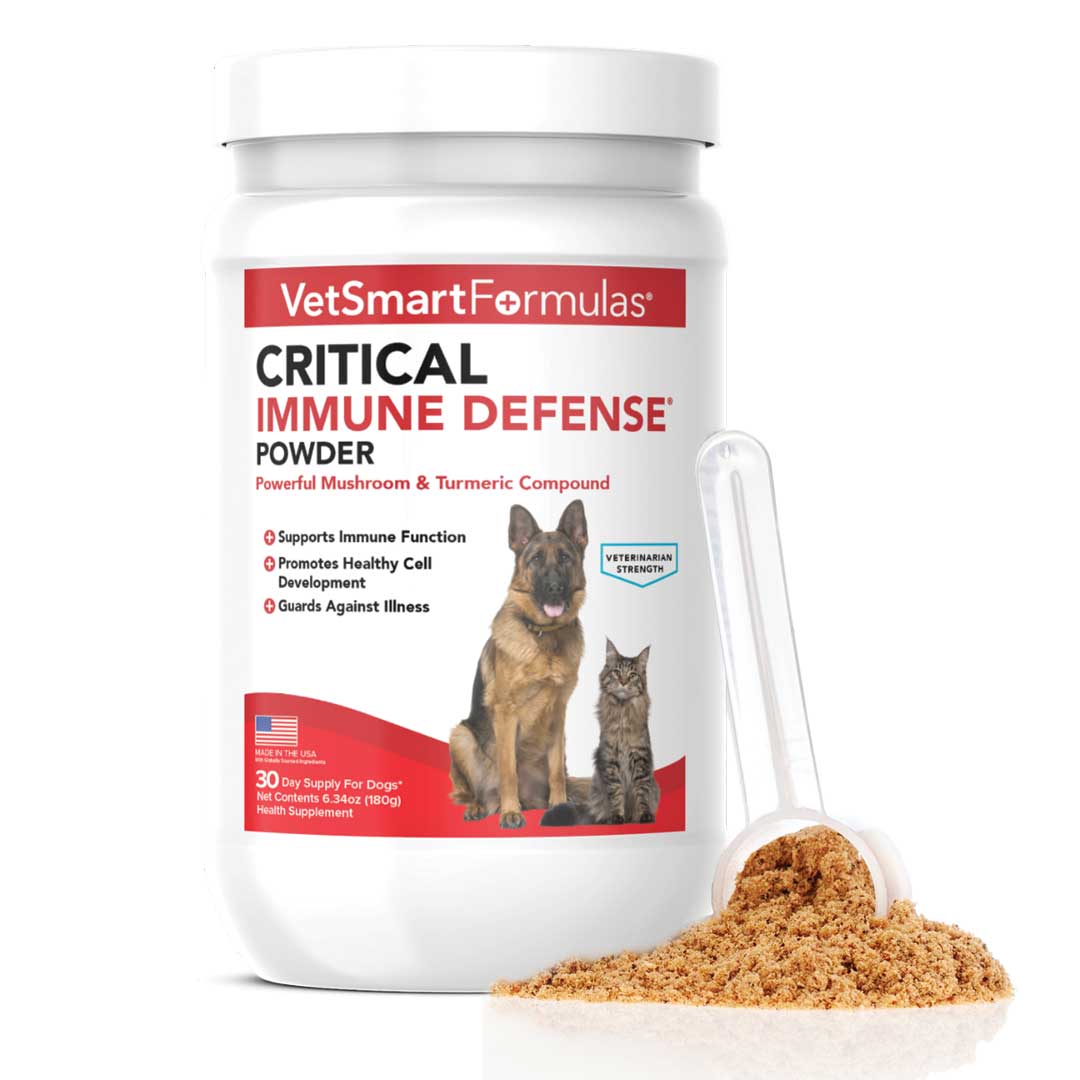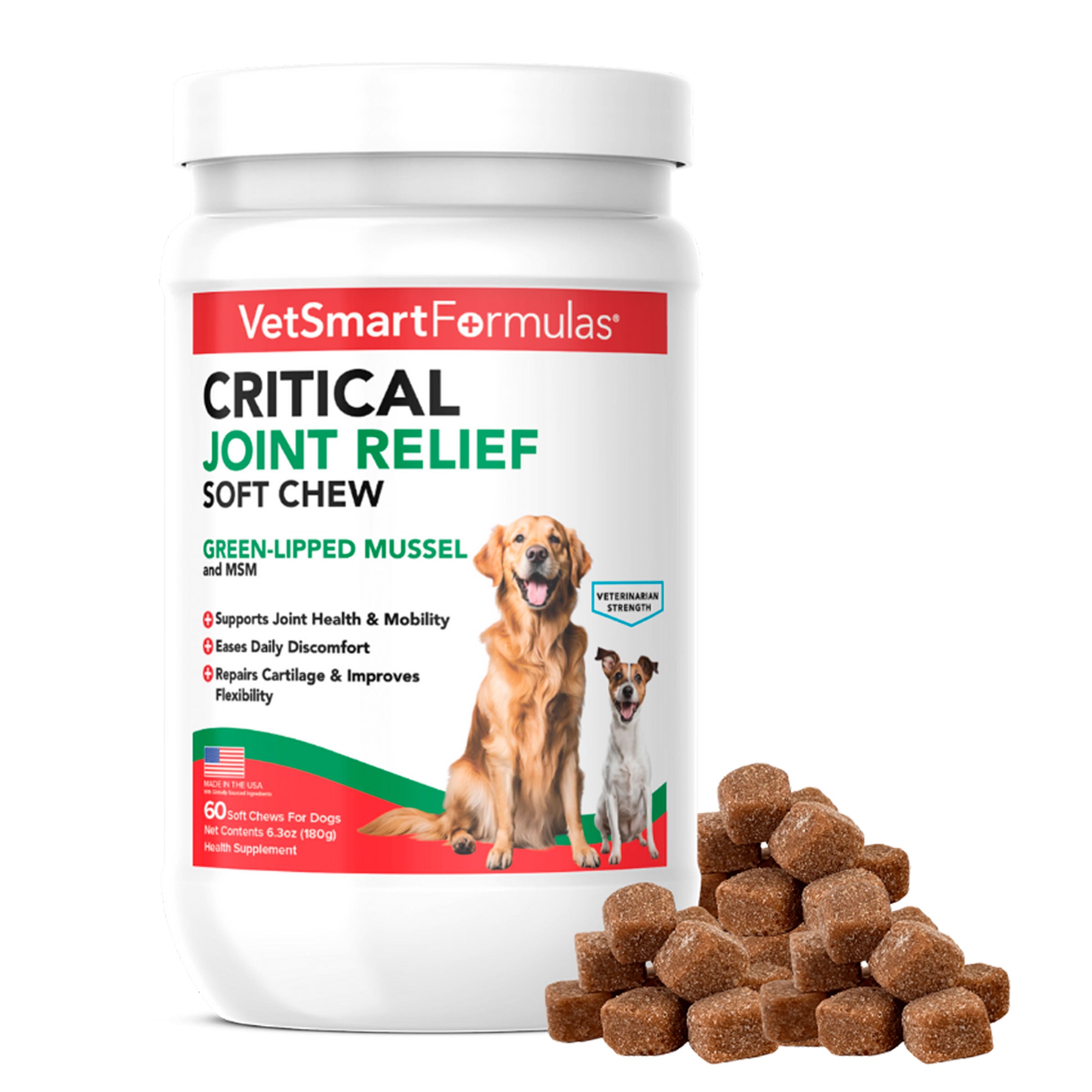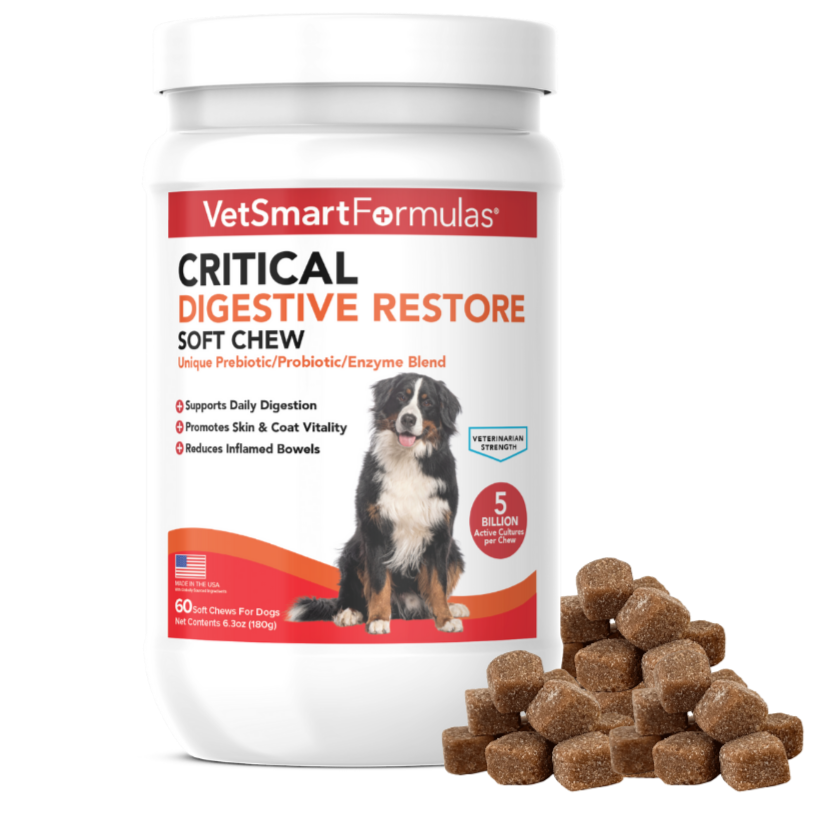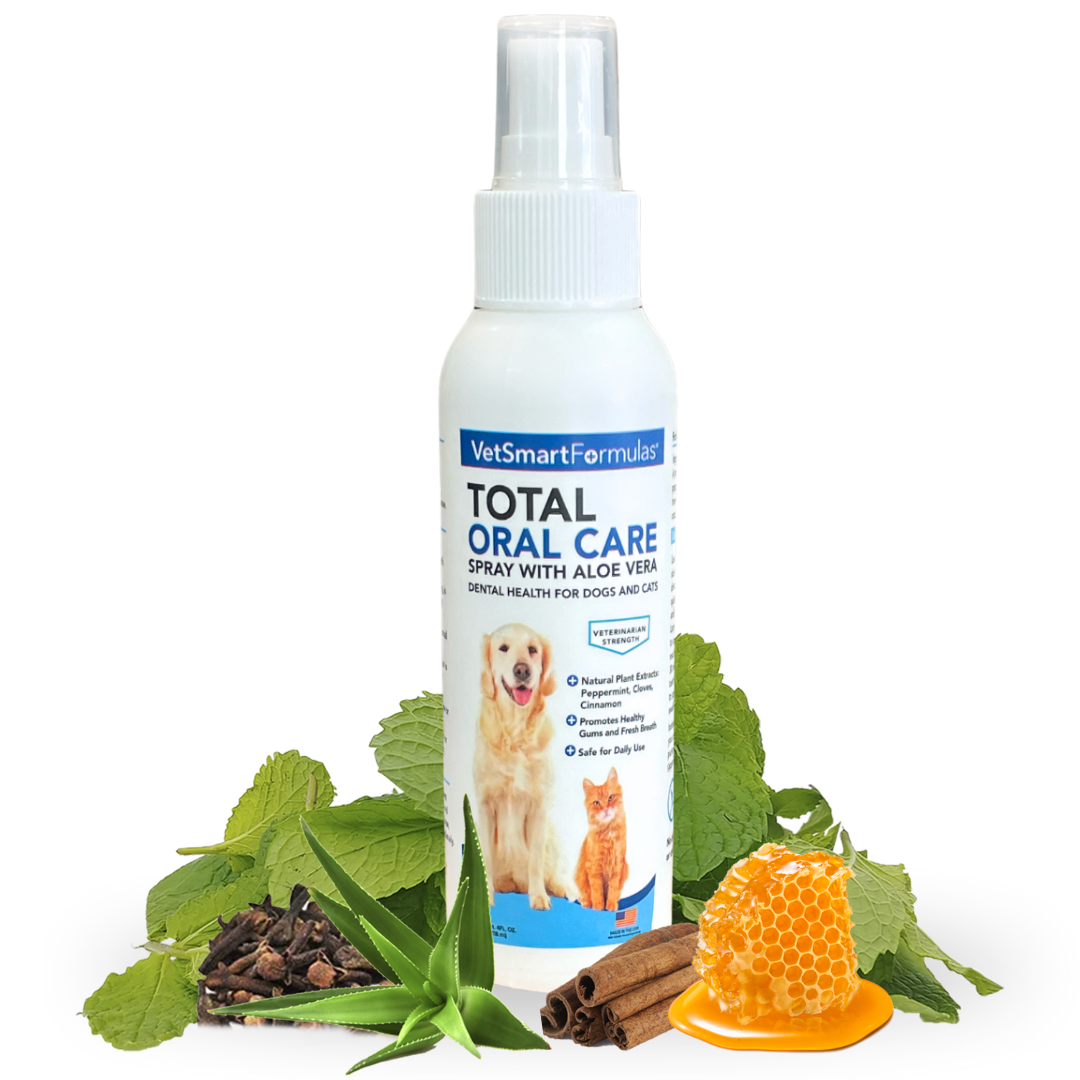The Essentials:
- Your dog could be one of the one in five who suffers from osteoarthritis or other joint conditions.
- Carefully observing your pet’s behavior and looking for signs of joint pain can help you catch the condition before it
- Treatment options include surgery, medications, all-natural supplements, massage, and
- We highly recommend green-lipped mussel supplements, which are full of antioxidant-rich fatty acids. Numerous studies support the use to ease arthritis, inflammation and similar joint conditions in both dogs and
Chances are, your dog could be in danger of or even currently silently suffering from a painful joint condition. According to an article published in the journal Veterinary Science Development, “prevalence of osteoarthritis can be as high as 20% in dogs more than a year old, with
middle-aged and older dogs being at higher risk.” Taking into account sprains, strains, injuries, developmental issues, and other joint conditions, there’s an even greater chance that your dog could or does deal with arthritis or a similar issue. Fortunately, Pet Wellness Direct is here to help you.
How to Tell if Your Dog Has a Joint Condition
Dogs naturally try to hide their discomfort and typically have a high pain tolerance, so it may be a bit tricky to tell if your dog is suffering from joint problems. If you don’t pay special attention to your dog’s joint health, you may miss the symptoms altogether, especially during the initial stages, when joint problems are easier to treat. Fortunately, if you know what to look for, you can catch your dog’s joint condition before the situation worsens.
There are some telltale signs that your dog is suffering from joint problems. These include:
- Your dog may develop difficulty walking properly if his or her joints hurt, and you may notice some type of limping.
- Uncomfortable If your dog fidgets or becomes restless while attempting to sit down, this could be a sign of joint issues.
- Slowing While it may be somewhat normal for a dog to slow down as he or she ages, however, a notable decrease in speed (such as walking rather than running) could be an indicator of joint issues.
- Sitting during a Dogs usually love running around and exploring the world during walks. If your dog is having to take more breaks than usual during a typical walk, this might be because his or her joints are in trouble.
- Exhibiting If your dog’s movements don’t appear as easy and fluid as they once did, this might be due to joint pain.
- Favoring one If the joints on one side of your dog’s body start to hurt, he or she might begin using the other side more.
- Making awkward Dogs suffering from joint pain can contort their bodies into all sorts of positions to avoid using the injured area.
- This is one of the most subtle symptoms of joint pain in dogs. If you notice your dog’s back curving in a new way, there could be cause for concern.
- Refusing to climb Dogs dealing with joint pain may want to avoid going up and down stairs, since this can be a taxing activity.
- Disliking being Most dogs love being petted, especially by their beloved human companions. If your precious dog seems to suddenly wince away from your touch, it could be because his or her joints are sore.
- Visible joint In some cases, you can see the inflammation that often goes along with joint pain.
- Difficulty If your dog can no longer get up onto your bed, the sofa, your car, or reach any other surface that requires jumping, this could be due to a painful joint condition.
- Losing interest in Most dogs are thrilled to chase after a ball or wrestle you for a toy. If your dog doesn’t want to play as much anymore, this could be because joint pain makes this type of activity uncomfortable.
- Becoming irritable. Dogs, like people, all have different personalities and temperaments. If your dog growls, whimpers, runs away, or seems more annoyed than usual, it could be due to the ache of a joint
If you notice one or more of these indicators, it’s time to take him or her in for a visit to your veterinarian to get his or her joints assessed. The sooner you seek veterinary help, the better; since these conditions may be easier to treat the earlier you catch them.
Early Stage Hip + Joint Complex
w/ Glucosamine, Chondroitin, & MSM
NOW is the best time to protect your pet against arthritis and other joint issues.
Learn MoreCritical Immune Defense
w/ Turkey Tail, Reishi, Shiitake, & Maitake Mushrooms + White Turmeric Root Extract
Fight Viruses, Diseases and Cancers
Learn MoreA Visit to the Vet
It may not be your dog’s favorite kind of trip, but if your dog is exhibiting symptoms of a joint condition, it’s important to seek professional medical assistance. Your vet will take x-rays of your dog’s joints to assess for swelling, tearing, and other problems. He or she will also evaluate your pet’s appearance, mobility, and mood. Based on the extent of the joint damage, the veterinarian will prepare a personalized treatment plan for your dog.
Treatment Options
If your dog is diagnosed with a joint condition, there are many things you can do to help. In the most severe cases, your pet may need orthopedic surgery. However, this is not common, and modern medicine has made many joint procedures minimally invasive. Regardless of whether or not your dog needs surgery, you will need to manage your dog’s condition, treat any related issues that come up, and work to prevent further damage.
To treat your dog’s joint issues and alleviate the corresponding pain, you can:
- Improve Diet. Certain foods, such as alfalfa, celery, ginger, mango, and papaya, are believed to reduce arthritis pain. Conversely, eating potatoes, tomatoes, peppers, eggplants, and grains may worsen arthritis, so these can be
- Make Activities Easier. Heated beds, special ramps, extra carpeting around the house for traction on slippery floors, and other modifications may help your dog better manage his or her joint pain. Anything you can do to help your pooch play, run, rest, eat, drink, and sleep more easily can be
- Pet Just like humans, dogs’ joints benefit from a good massage. These can improve both circulation and your bond with your pet.
- Try Pet Physical Similar to human physical therapy, dogs can be run through special exercises and programs to strengthen their joints.
- Prescription Medicines. If the pain and inflammation is severe, your vet may prescribe steroids, NSAIDs (Non-Steroidal Anti-Inflammatory Drugs), narcotics, and other drugs to help ease your dog’s joint pain.
- High-Tech Laser or Radio Advanced laser and radio-therapy treatments may help reduce swelling and discomfort from arthritis and other joint conditions.
In addition to these options, there’s an excellent, natural alternative we highly recommend to avoid joint issues before the onset, and reduce pain and inflammation...
Our Supplemental Solution
Just as dietary choices can have a major impact on a dog’s joint health, vitamins and supplements may help your pet feel more comfortable and enjoy better joint health. One of the most powerful supplements available for canine joint health is the green lipped mussel. Green-lipped mussels are sea creatures that eat plankton, making them high in antioxidant-rich fatty acids, which are outstanding anti-inflammatory agents. Even compared with other similar, popular omega oils, green-lipped mussel is stronger. According to research, green-lipped mussel is 350 times more powerful than salmon oil and evening primrose oil, as well as 400 times more powerful than flaxseed oil.
Furthermore, numerous scientific studies have explored and confirmed the joint health benefits of green-lipped mussel for both dogs and humans suffering from osteoarthritis and other conditions. Consider just a few statements from medical journals:
- “Patients...judged the efficacy of [an extract made from the New Zealand Green Lipped Mussel] positive with regard to pain relief within the first four weeks of administration and considered it to be beneficial for their quality of life,” according to a 2013 study published in Marine Drugs.
- “...the green-lipped mussel-enriched diet modified gait in dogs with OA [osteoarthritis] in that the PVF [peak vertical force, the force of gravity walking puts on the limbs] significantly increased over the 60-[day] period when green-lipped mussel was introduced into a standardized control diet. This shows the efficacy of a green-lipped mussel-enriched diet, which should definitely be proposed as an adjunctive treatment to conventional medication,” as per an article from the Canadian Journal of Veterinary Research.
- “... green-lipped mussel alleviated chronic orthopedic pain in dogs... As no side-effects were detected, green-lipped mussel may be beneficial in dogs e.g. when non-steroidal anti-inflammatory drugs cannot be used,” as noted in a piece for Evidence Based Complementary and Alternative Medicine.
As these studies clearly indicate, green-lipped mussel is one of the most effective supplements for dogs suffering from joint conditions.
Ease Your Dog’s Joint Pain with Pet Wellness Direct
Green-lipped mussel is just one of many potent, research-backed ingredients in our Advanced Hip + Joint Complex with MSM. Order a bottle today to see the advantages of this advanced formula for yourself. If you’d like more information about joint conditions, prevention, treatment options, and the ingredients in our all-natural supplement, we also invite you to download our eBook, Healing Your Dog’s Joint Pain.




